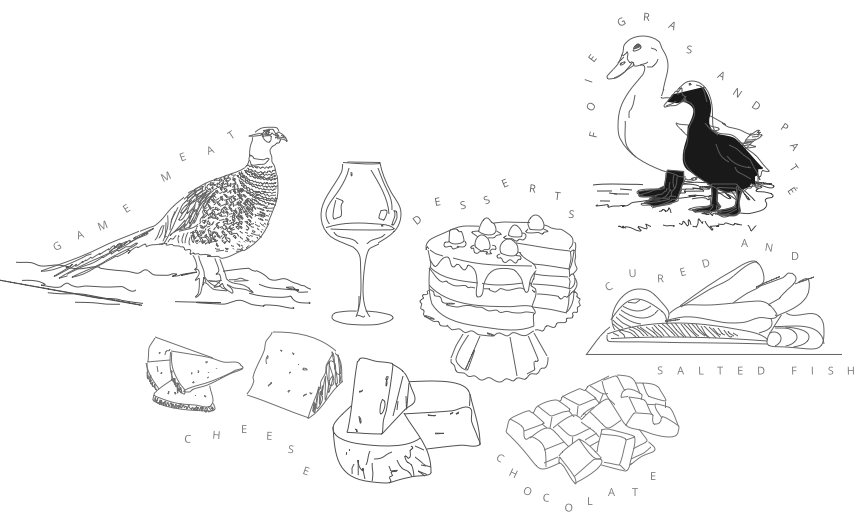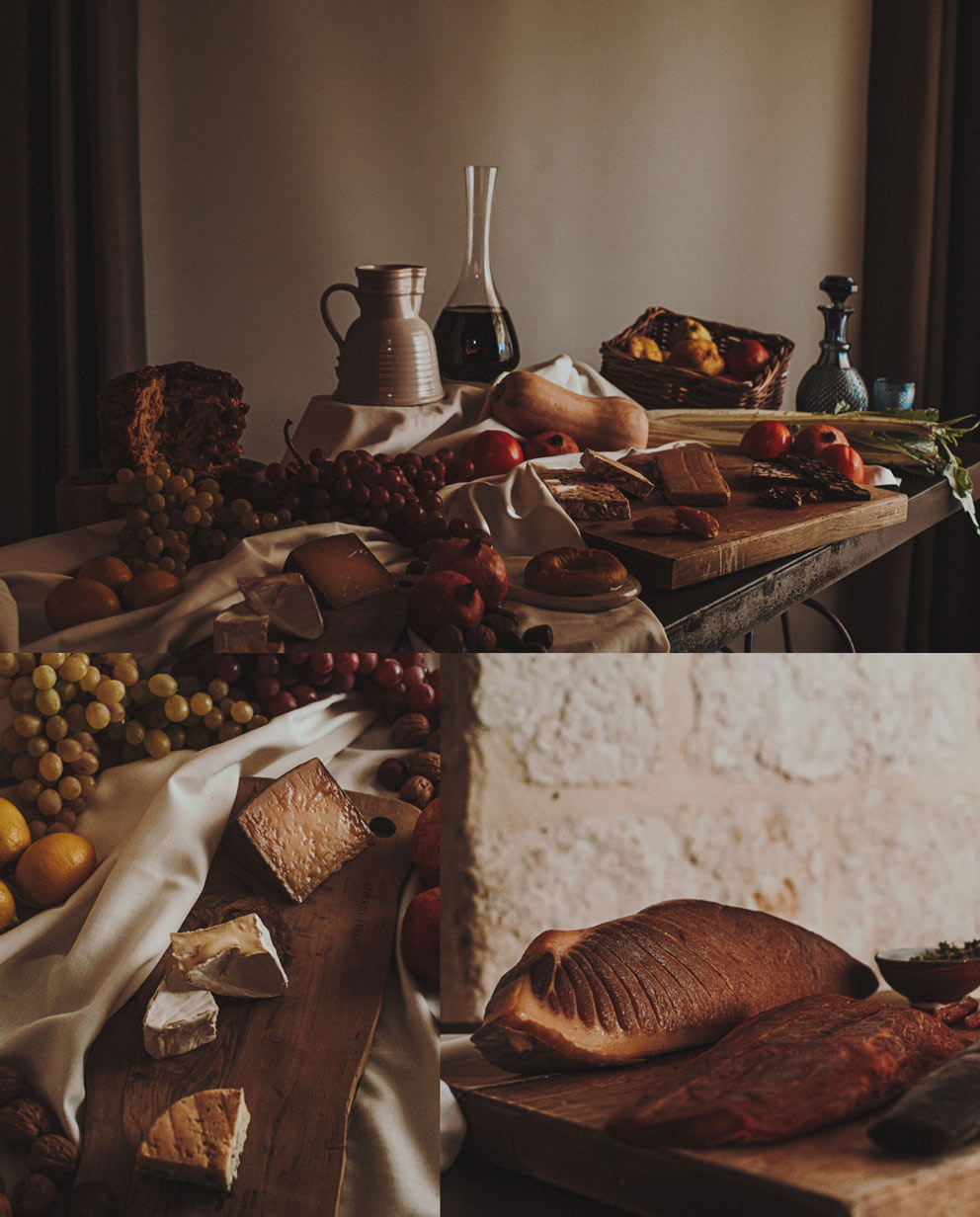Pairings.
The organoleptic characteristics of Fondillón, which is drier than sweet, that it does not have wine additives and its alcohol is natural, also its persistence, body, give it some peculiarities when paired with various products.




This is Aalto. A Professional theme for
architects, construction and interior designers
Call us on +651 464 033 04
531 West Avenue, NY
Mon - Sat 8 AM - 8 PM
A stranger appears: Bitter. Chocolate is a very appreciated dessert throughout the world because it reveals antagonistic flavors that are very difficult to combine: bitter and sweet. The bitterness of the cocoa is diminished by an intense sweetness (sucrose, mainly) enveloped by the fatty sensation of the butter. Fondillón is capable of respecting this product to the maximum. Its sweetness, acidity, bitterness and intense aromas combine with the chocolate, allowing you to savor both products without detracting from their quality.
When it comes to pairing desserts with wine, Fondillón is second to none. When it comes to pairing a dish, whose main organoleptic characteristic is sweetness, choosing a wine that is also sweet is the best decision. Additionally, in this case, Fondillón also stands out due to its acidity, making a unique contrast. Nougat, baklava, namura, mammul…, typical Mediterranean desserts for a Mediterranean wine.
Fondillón tastes of figs, syrup, ripe grapes, carob beans, thyme, rosemary, sage… Fondillón smells of the Mediterranean. Grape, pomegranate, medlar, fig, date, orange, persimmon … Mediterranean aromas, aromas of ripened fruit and harvested at the right time. The complexity of aromas of any of these fruits, accompanied by their sweetness, allow integrating the acidity and complex aromas of Fondillón. This makes for a mixture of single enjoyment, a single flavor, as a whole.
Unctuous, oily, with an intense and long-lasting flavor and a slight touch of acidity. The organoleptic description of Foie Gras or Paté is a faithful reflection of the organoleptic characteristics of Fondillón. The balance of sweetness and acidity combined with the intense aromas of chocolate, nuts, vanilla, caramel, ripe fruit … make Fondillón an ideal companion for this type of product.
Dishes made with this type of meat are characterized by their intense flavors and penetrating aromas, with a very long aftertaste. The Monastrell grape plays an important role with these meats with their characteristic aromas of vegetables, Mediterranean forest. Furthermore, Fondillón is capable of increasing this synergy, as its extensive aging in wood adds its own tertiary aromas, such as spices and roasted aromas, making it a perfect pairing.
The art of knowing how to eat involves knowing how to pair ingredients based on their similarities, as well as their complementarity. This last adjective is what allows balancing the complexity of the flavor, counteracting salty flavors with sweet, smoky aromas with fruit. Complex aromas with simple aromas. This antagonistic balance allows Fondillón to be a great companion to salted fish such as tuna, mojama, roe, melva…, balancing the salty flavor and intense aromas of the sea, with light sweetness and acidity and aromas of ripe fruit, dried fruits, balsamic and roasted.
This type of product is characterized by its intense lactic flavors and toasted aromas, nuts and mold. Its fragility and unctuousness make the flavors intensify on the palate and the aftertaste is very long-lasting. The powerful flavor of Fondillón allows the flavors of both products to combine and last in a homogeneous way. The sustained acidity of this wine also makes it easier for the palate to cleanse itself and the lighter flavors to appear, allowing the aromatic nuances of both products to be broadened.
Although the flavor and aroma of the cheese depends mostly on its maturity, we can find in any of its variants lactic flavors and vegetable, floral, fruity, roasted and spicy aromas. Its intense flavor is the result of the combination of its aromatic complexity and its acid (lactic) and umami flavors. Fondillón presents aromas from the same families and a balance of sweetness and acidity that allow the ideal pairing with any cheese.
The sugars present in this dessert, mainly glucose and fructose, from the honey and sugar used in its preparation, make the sweetness intense and prolonged. The almond with its characteristic aroma, and its intense notes of dried fruit and light stone fruit, balance with the acidity of the Fondillón, which allows to prolong the characteristic aftertaste while cleansing the palate by stimulating the salivary glands. García Márquez began Love in the Time of Cholera by saying that “the smell of (bitter) almonds always reminded him of the fate of adversarial loves.” If he had accompanied them with a Fondillón, the disappointment of these loves would have been reconsidered.